Leverage high-strength 3D printed parts in any stage of the production cycle.
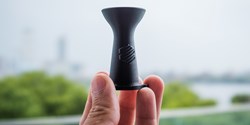
Initial Prototyping
DesignExploration of the shape, size, and appearance of a product is key to the design workflow. This basic understanding informs the direction of the proje...
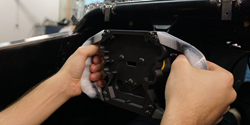
Functional Prototyping
DesignFunctional prototypes offer a way for engineers to test designs before manufacturing them at scale.
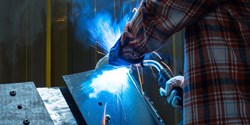
Assembly
ManufactureWhile production refers specifically to converting raw materials into parts, assembly involves putting parts together into final products.
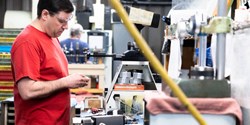
Inspection
ManufactureAfter production, parts are checked against tolerances to ensure their geometries meet specifications. This requires customised hardware in the form o...
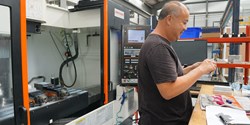
Testing
DesignThe reliability and performance of prototypes and their subsystems need to be repeatedly tested to verify that their functionality meets expectations
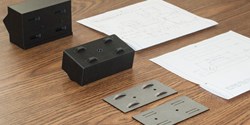
Tooling Development
ManufactureThe process of designing, prototyping, and fabricating tools for production can be the most expensive and time-consuming portion of the product develo...
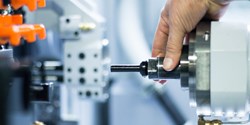
Production
ManufactureThis stage in manufacturing involves turning raw materials into final parts. Production costs can influence the bottom line more than any other expens...
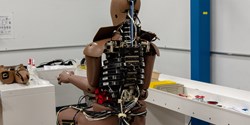
End Use Parts
ManufactureWhile Markforged printers are used to optimise processes across the entire manufacturing cycle, they can also be used to directly produce end-use part...
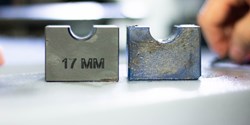
Replacement
MaintainThe manufacturing cycle doesn’t end once products are shipped; equipment in the field often requires spare parts to replace broken or worn-out hardwar...
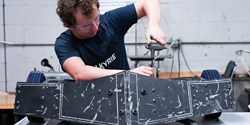
Service
MaintainTraditionally, repairing equipment in the field is an involved endeavour. Suitable tools are often not on hand and if custom hardware is needed for th...